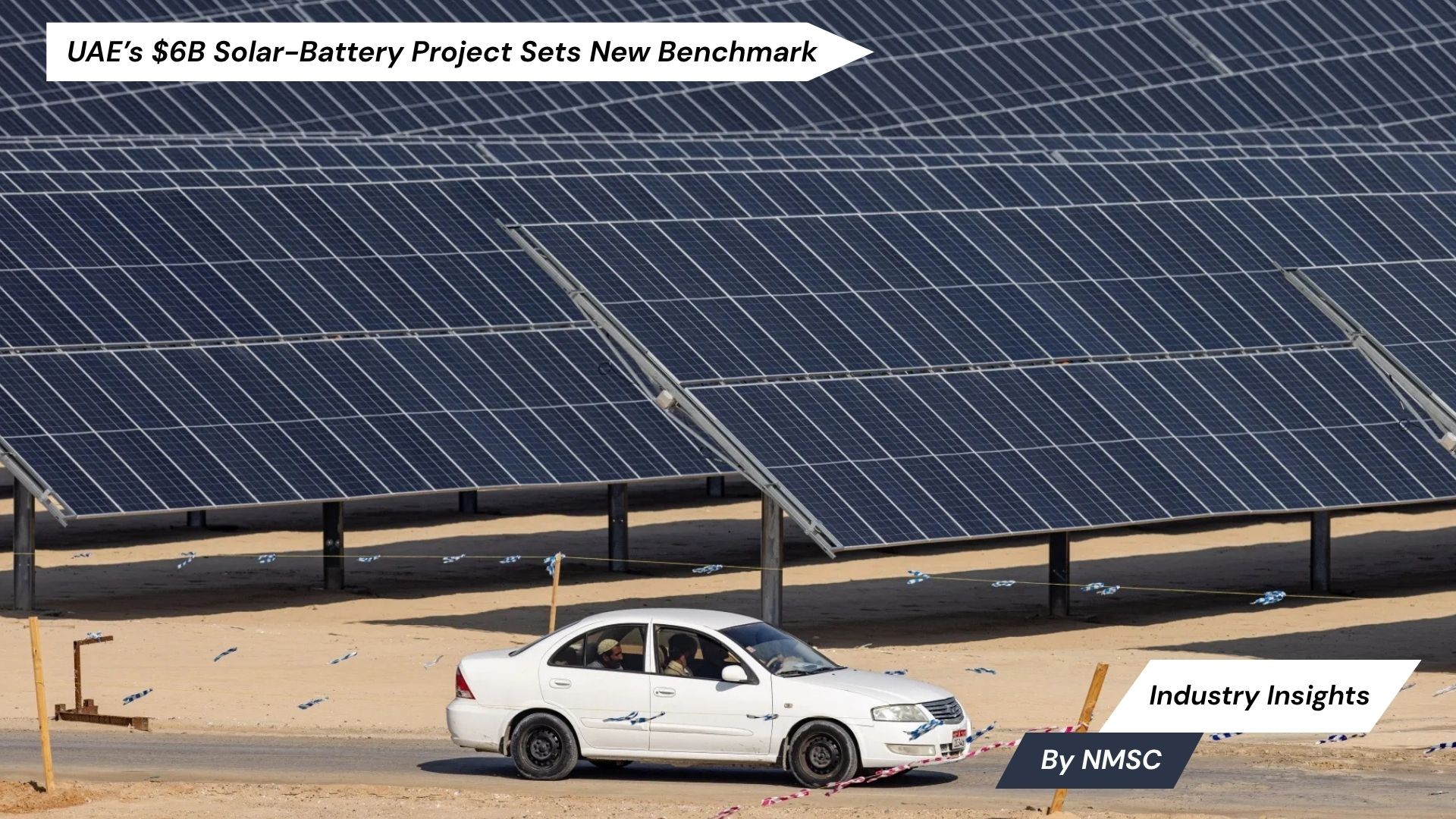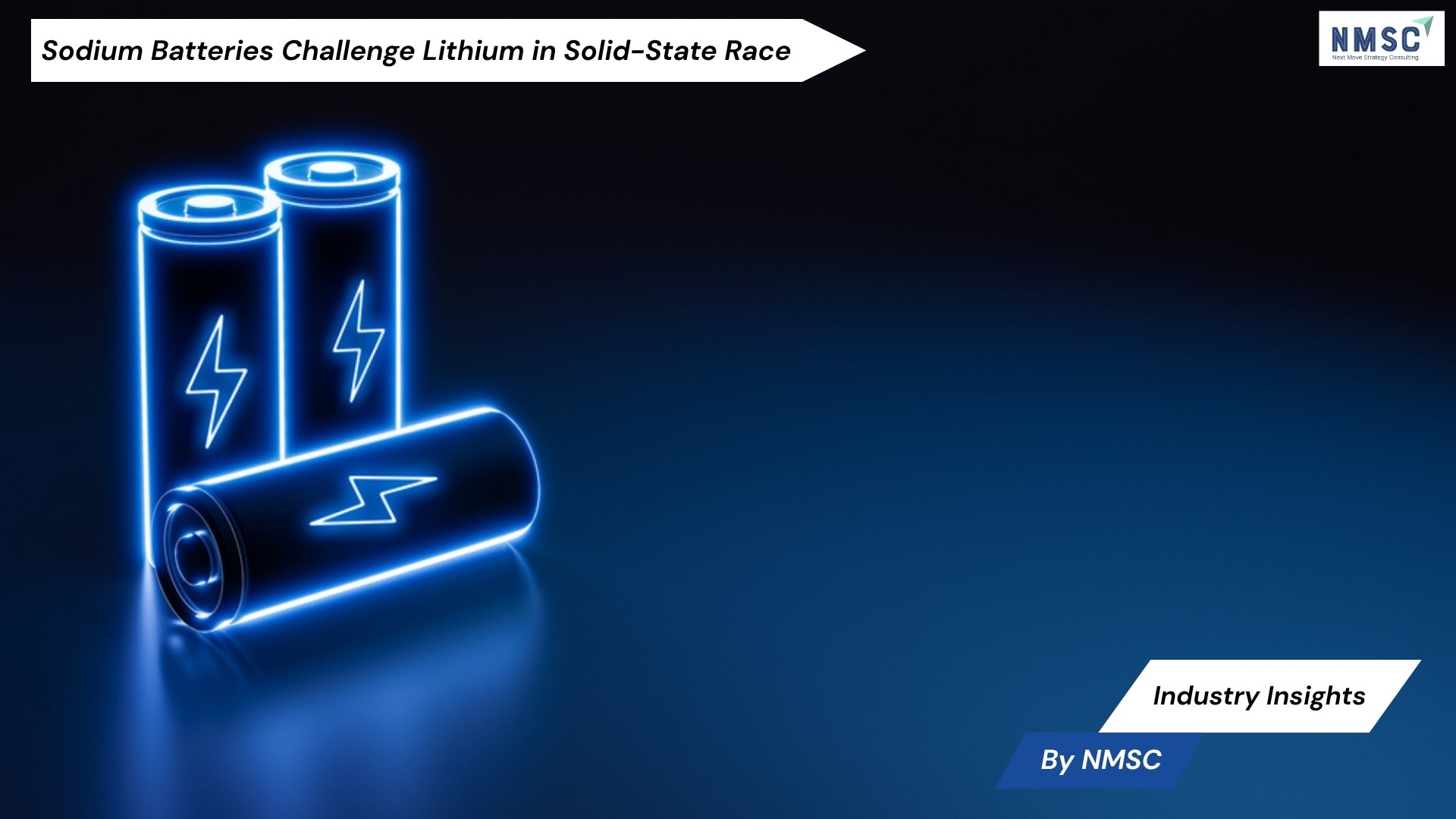Denmark Heat Exchangers Market is expected to reach USD 121.9 million by 2030
Published: 2025-01-27
Stringent government regulations regarding energy and growing demand for renewable energy are driving up demand for the Denmark heat exchangers market during the forecast period.
The Denmark Heat Exchangers Market size was valued at USD 74.8 million in 2023, and is predicted to reach USD 121.9 million by 2030, with a CAGR of 6.6% from 2024 to 2030, according to new research by Next Move Strategy Consulting.
Stringent government regulations regarding energy efficiency serve as a catalyst for market expansion. With governments worldwide implementing stricter guidelines to mitigate climate change and reduce energy consumption, there's a growing emphasis on enhancing energy efficiency across industries. These regulations often incentivize businesses to adopt energy-efficient technologies, including heat exchangers, to meet compliance requirements and lower operational costs.
As a result, the heat exchangers market experiences an upsurge in demand as businesses seek innovative solutions to adhere to regulatory standards while improving sustainability efforts. The growing demand for renewable energy is a significant driver behind Denmark's market expansion in heat exchangers.
As Denmark continues to prioritize sustainability and reduce its reliance on traditional energy sources, there is a surge in the adoption of renewable energy solutions such as wind and solar power. Heat exchangers play a crucial role in renewable energy systems by efficiently transferring heat in various applications, including solar thermal systems and biomass power plants.
This increasing demand for renewable energy technologies fuels the need for advanced heat exchangers solutions, driving market expansion in Denmark. High installation and maintenance costs act as a significant restraint on market growth. The initial investment required for installing heat exchangers, along with ongoing maintenance expenses, poses challenges for potential buyers.
These costs can deter organizations from adopting heat exchangers, particularly in sectors with budget constraints or cost-sensitive environments. Additionally, the complexity involved in installation and maintenance can further elevate the overall expenses, making it less appealing for businesses to invest in heat exchangers technology. As a result, the market may experience slower growth rates as organizations weigh the upfront costs against the long-term benefits of adopting heat exchangers.
Advancements in cutting-edge materials, coupled with the rising trend of Industry 4.0, present a significant market opportunity. The integration of advanced materials, such as graphene and advanced ceramics, brings forth enhanced properties such as high thermal conductivity and corrosion resistance.
These materials offer immense potential for improving the efficiency, durability, and overall performance of heat exchangers across various industries. Moreover, the advent of Industry 4.0, characterized by automation, data exchange, and digital technologies, revolutionized manufacturing processes.
Through enhanced monitoring, control, and optimization facilitated by Industry 4.0, heat exchangers can achieve heightened efficiency and productivity. This convergence of advanced materials and Industry 4.0 technologies creates a fertile ground for innovation and growth in the heat exchanger market, promising improved performance and sustainability across diverse industrial applications.
Request for a Sample PDF on the Denmark Heat Exchangers Market
Several market players operating in Denmark heat exchangers market include Alfa Laval AB, Johnson Controls International plc, Carrier Global Corporation, Lennox International Inc., Trane Technologies plc, API Heat Transfer Inc., Kelvion Holding GmbH, Xylem Inc., Danfoss Group, and General Electric Company among others.
Key Insights from the Denmark Heat Exchangers Market Report:
-
The information related to key drivers, restraints, and opportunities and their impact on the Denmark heat exchangers market is provided in the report.
-
The value chain analysis in the market study provides a clear picture of the roles of each stakeholder.
-
The market share of players in the Denmark heat exchangers market is provided in the report along with their competitive analysis.
















Add Comment